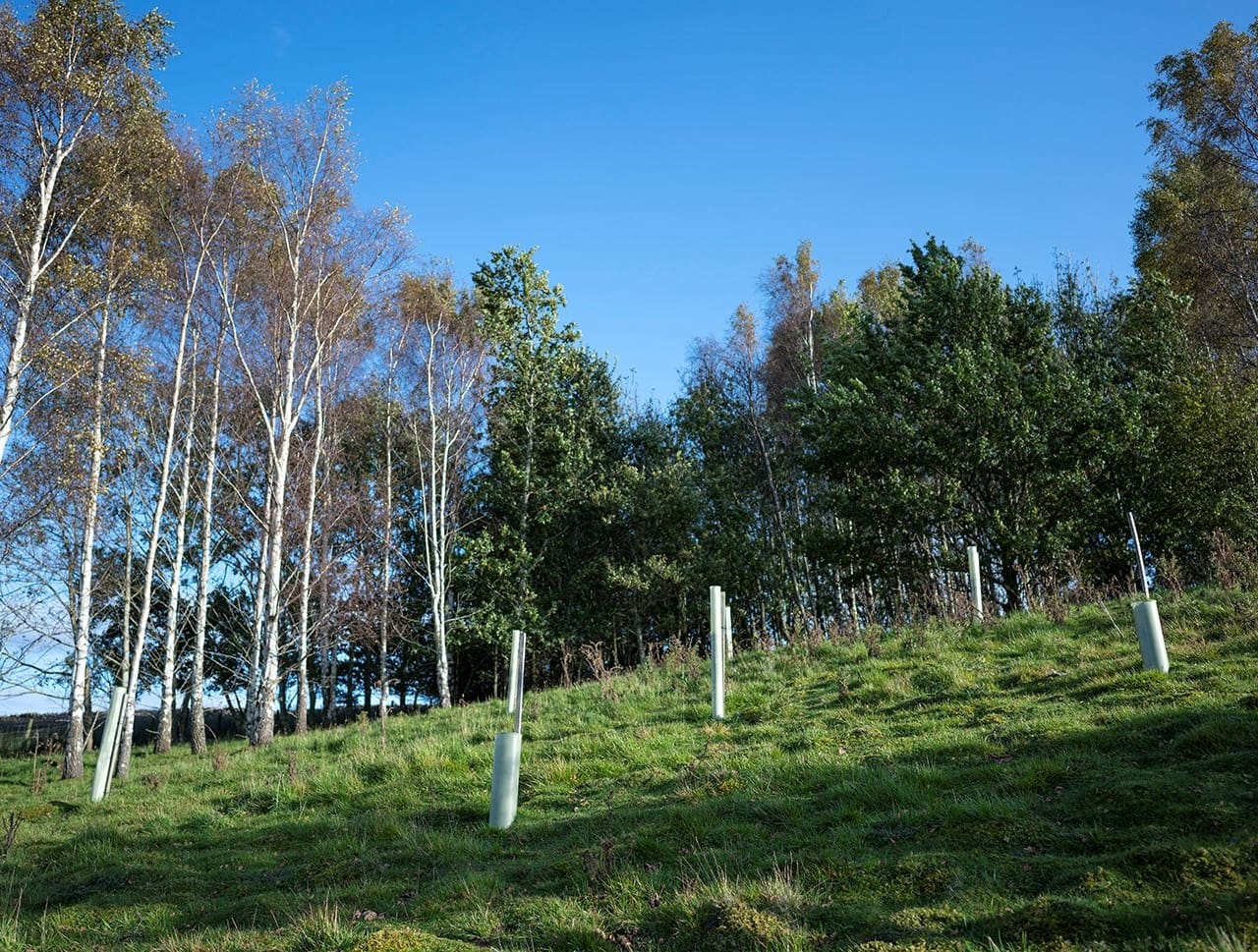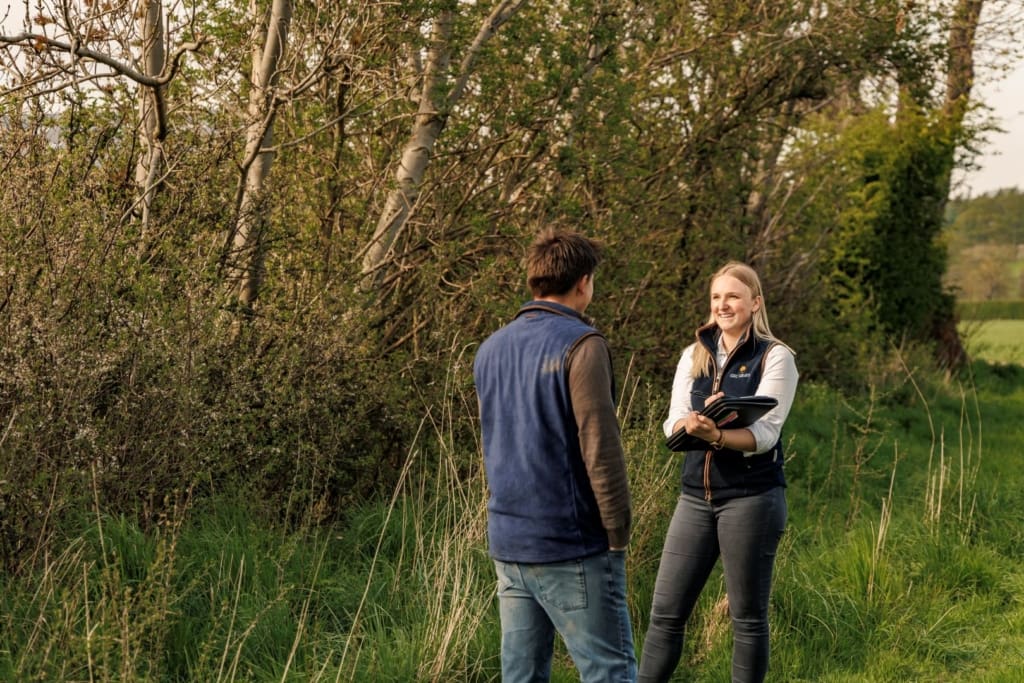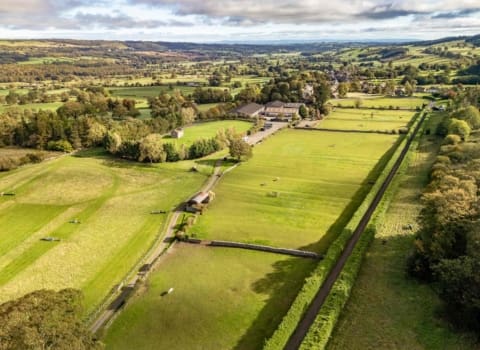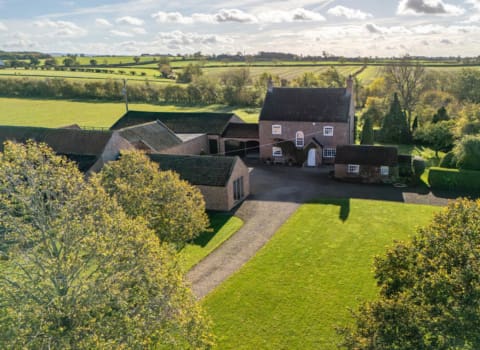Contact our offices
Main office
COLBURN
5 & 6 BAILEY COURT
COLBURN BUSINESS PARK
RICHMOND
NORTH YORKSHIRE
DL9 4QL
Estate Agency Offices are located in
BARNARD CASTLE, BOROUGHBRIDGE & RICHMOND
Residential Management Team
Our Offices
- Alnwick
01665 568310
Email Officealnwick@gscgrays.co.uk - Barnard Castle
01833 637000
Email Officebarnardcastle@gscgrays.co.uk - Boroughbridge
01423 590500
Email Officeboroughbridge@gscgrays.co.uk - Chester-Le-Street
0191 3039540
Email Officechester-le-street@gscgrays.co.uk - Colburn
01748 897630
Email Officecolburn@gscgrays.co.uk - Driffield
01377 337180
Email Officedriffield@gscgrays.co.uk - Hamsterley
01388 487000
Email Officehamsterley@gscgrays.co.uk - Hexham
01434 611565
Email Officehexham@gscgrays.co.uk - Kirkby Lonsdale
01524 880320
Email Officekirkbylonsdale@gscgrays.co.uk - Penrith
01768 597005
Email Officepenrith@gscgrays.co.uk

Small Site Biodiversity Net Gain: An Unnecessary Barrier to Rural Development
Biodiversity Net Gain (BNG), introduced in February 2024 under the Environment Act, aims to ensure that any development results in a measurable improvement in biodiversity. Initially, the legislation focused on large-scale planning applications, requiring developers to not just offset any biodiversity lost as part of their development but create an uplift in biodiversity of 10%. This was to be achieved through either on-site ecological enhancements/creation, off-site projects or the purchase of Government Statutory Credits.
This generated significant interest among landowners seeking to create habitat banks and sell biodiversity units to developers, presenting a potential new income stream through the sale of natural capital.
Expansion to Small Scale Development
As of April 2024, the scope of BNG was extended to include small-scale developments. Under the current regulations, any non-residential development over 25m² or affecting more than five metres of linear habitat (such as hedgerows or watercourses) is caught up in BNG. As a result, nearly all on-farm development is now subject to the same biodiversity requirements as larger commercial projects.
This extra requirement for the planning applicant to offset biodiversity loss involves extra paperwork, time and costs. Projects that would previously have fallen under relatively straightforward planning processes must now consider biodiversity impacts, mitigation strategies, and potential offsetting measures.
A Case Study: Agricultural Shed Development
A recent example highlights the impact of these requirements on typical rural development. The construction of a 30m x 15m (450m²) agricultural grain store triggered BNG obligations which meant they needed to create habitat on site which equated to 0.21 BNG habitat units. In practical terms, this required the planting of approximately 15 native trees to offset the loss. While the ecological impact of this development was minimal, the administrative, financial, and long-term management obligations were significant–those trees must be maintained and monitored for a minimum of 30 years to comply with the regulations.

Implementation Challenges
The rollout of BNG responsibilities to Local Planning Authorities (LPAs) has presented further complications. As BNG is a new and evolving requirement, LPAs are at varying stages of preparedness. This has led to inconsistent application of the rules, with conflicting advice often given between and even within planning departments.
For rural businesses and farming enterprises, this complicates the planning process, increases costs and can lead to unacceptable time delays for farmers with seasonal operations or time-sensitive investments.
Implications for Agricultural Growth and Investment
While there are exemptions to BNG requirements, in my opinion these don’t go far enough. The current threshold of 25m² for non-residential development is incredibly low and therefore almost all agricultural buildings which are not applied through permitted development rights are impacted.
BNG is being introduced at a time when the farming sector is under increasing economic pressure. If the government wants a sustainable farming sector which continues to grow food, the industry must be able to invest in its businesses. Modern infrastructure such as storage facilities, machinery sheds, and livestock housing are essential for improving efficiency and ensuring the long-term viability of agricultural enterprises.
Options for Landowners
Permitted development rights offer a potential route to avoid the additional complexity associated with BNG. However, these rights come with strict criteria, including limits on size, use, and location. Where appropriate, strategic use of permitted development (possibly over phased projects) can help to reduce planning risk and avoid the long-term commitments associated with BNG compliance. Farmers and landowners should consider consulting planning specialists early in the process to assess eligibility and identify cost-effective routes for development.
While BNG compliance can be complex and time-consuming, the following practical steps can help to reduce risk and ensure efficient project delivery:
- Integrate BNG into project planning: Design developments with habitat creation or enhancement areas built in from the outset.
- Check LPA requirements: Some LPAs now require biodiversity metric calculations to be submitted with your planning application. Check requirements to avoid delays.
- Assess the financial opportunity: In some cases, it may be more cost-effective to deliver excess biodiversity units, which can be banked for future projects or sold to offset costs.
- Consider seasonal constraints: Keep in mind that ecologists and habitat surveys may have seasonal availability.










